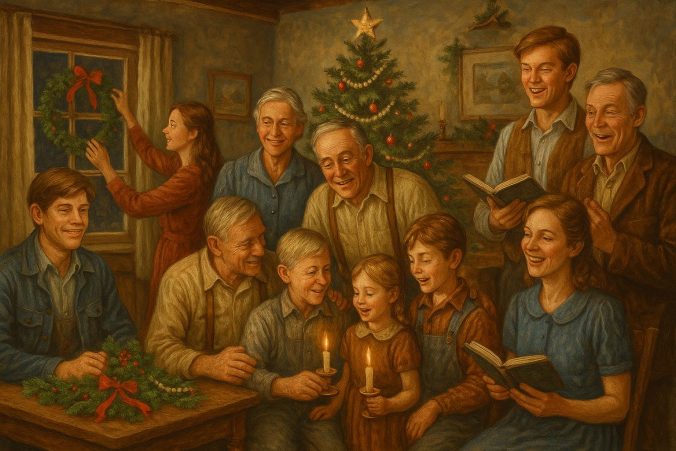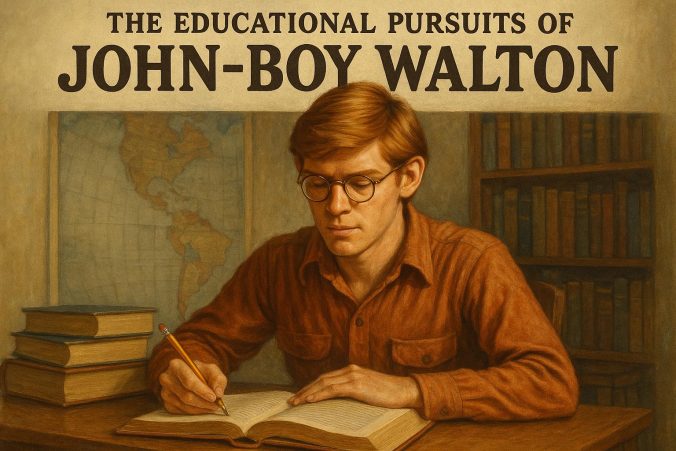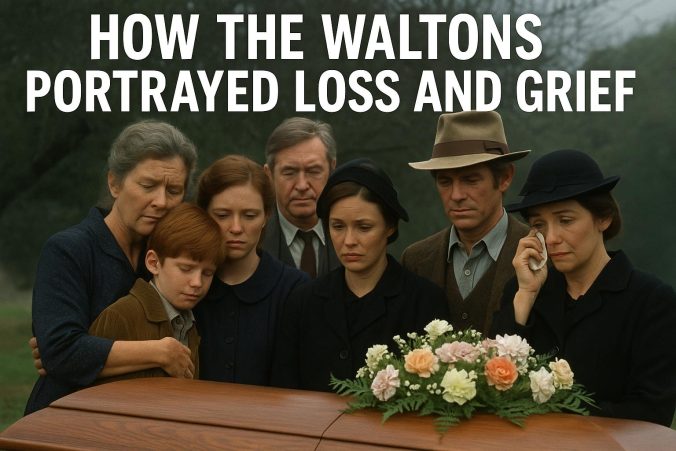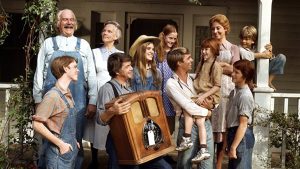The Waltons and Their Holiday Traditions
“The Waltons,” a cherished American television series from the 1970s, provides an insightful exploration of holiday traditions set against the backdrop of the Great Depression and World War II in rural Virginia. Centered around the Walton family, the series effectively captures the essence of familial bonding and communal support during times marked by economic hardship and social challenges. This historical context enriches the portrayal of how families celebrated holidays with limited material resources but an abundance of love and warmth.
Christmas Celebrations
Within the confines of “The Waltons,” Christmas episodes stand out for their portrayal of simplicity interwoven with a sense of significance. The family comes together around a modestly decorated Christmas tree, with each member contributing to creating a memorable holiday season despite the financial constraints they face. The significance of homemade presents is accentuated in these episodes, underlining the importance of thoughtfulness and effort over the material value of gifts. The recurrent theme throughout these Christmas episodes is the family’s commitment to spending quality time together, thereby reinforcing the holiday’s essence as being rooted in togetherness rather than the exchange of material objects.
Community and Religious Observances
Central to the show’s depiction of holiday traditions are the community and religious observances. Episodes frequently feature scenes of the Walton family attending church, a reflection of common practices in many rural communities during the time. This regular participation in church activities is depicted as strengthening community bonds and acting as a pillar for communal support. The show frequently illustrates church-led community events, highlighting how pivotal faith and collective support were to holiday celebrations in the era depicted. These religious gatherings often serve as platforms for characters to forge deeper connections and to find solace and joy in shared beliefs.
Thanksgiving Traditions
Thanksgiving episodes in “The Waltons” are crafted to celebrate the theme of gratitude. The familial gathering for a hearty yet humble homemade meal is a central narrative, providing a tableau for reflection on gratitude for personal and collective blessings. Despite the simplicity of the fare, these episodes often emphasize the importance of acknowledging what one has, serving as a poignant reminder of the holiday’s ultimate purpose. By focusing on gratitude and reflection, the show conveys a timeless message about the significance of appreciating life’s intangibles, such as family and health, over material possessions.
Festive Meal Preparations
An integral part of the family’s holiday traditions as portrayed in the series involves festive meal preparations. These meals are often created using locally sourced ingredients, a nod to the resourcefulness required of families during the Great Depression. The scenes in which family members collaboratively work in the kitchen underline not only their resourcefulness but also celebrate the joy and bonding derived from cooking and sharing meals together. Through these depictions, “The Waltons” illustrates the intrinsic value found in culinary traditions and the role they play in fortifying familial ties and fostering a sense of community.
Easter Celebrations
Easter episodes in “The Waltons” focus on the themes of renewal and community involvement. The show features Easter egg hunts and homemade Easter baskets, revealing the simple joys associated with the season. These activities represent the lighthearted and cheerful aspects of the holiday. Concurrently, episodes often include scenes of the family participating in church services and various community events that characteristically mark the Easter holiday. These communal activities serve as an effective reminder of the ways in which families and communities come together to celebrate and reflect during this period of rejuvenation and hope.
Conclusion
“The Waltons” offers audiences a lasting glimpse into the enduring holiday traditions of rural American families during the 1930s and 1940s. By focusing on simplicity, community involvement, and the power of familial bonds, the show underscores aspects of holiday traditions that continue to resonate with viewers today. These episodes serve as both a reflective piece of nostalgia and a reminder of the core values associated with holiday celebrations, which transcend the boundaries of time and place. For additional insights and to explore more about “The Waltons,” you can visit IMDB’s dedicated page for the series.






